Close to Seattle lies Everett, synonymous with Boeing’s monumental factory – a plane-spotter’s dream inside the world’s largest building by volume. Before embarking on the Future of Flight Tour, I headed out on the visitor centre’s rooftop Strato Deck. In addition to the impressive views of Puget Sound and surrounding mountains, you’re treated to test flights of aircraft taking off and landing on Paine Field. An added bonus was the up-close spectacle of two Dreamlifters. These modified 747s are used to shuttle 787 fuselage parts from around the world to Everett where they are assembled in the Boeing factory. They boast the largest cargo hold area of any aircraft in the world. It was a remarkable sight to see these Dreamlifters disgorging enormous aircraft panels from within their respective bellies. But the real deal is the Future of Flight factory tour, a 90 minute production which is managed with meticulous efficiency.
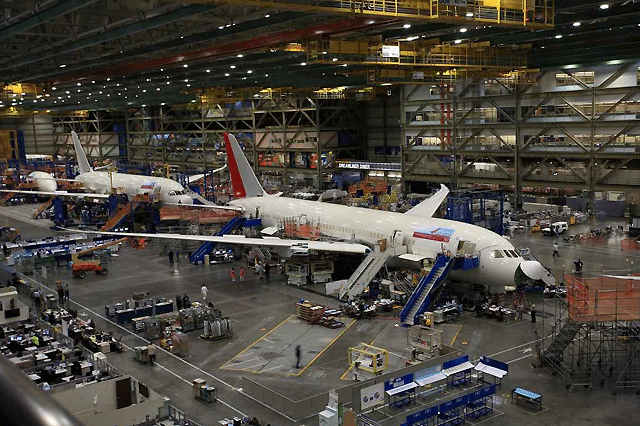
After watching an introductory, uplifting short movie on Boeing’s proud history, we were ushered to our waiting bus that zipped us across the runway to the colossal assembly building. On the short ride, we passed a vast fleet of newly minted aircraft, proudly clad in their fresh and resplendent livery and airline logos, cleared for handover. It was like admiring the airline tails of the world. Oh, the places they will go! Cameras and phones are strictly forbidden on the factory tour. I assumed it was to protect Boeing from the snooping eyes of Russian spies. But the ban has been enforced since a dopey tourist dropped their camera, damaging a plane. On arrival at the assembly building, a freight elevator whisked us up to the viewing balcony where our first stop was the assembly line for the Queen of the Skies, the 747. Yes, they are still making them – particularly as cargo aircraft.
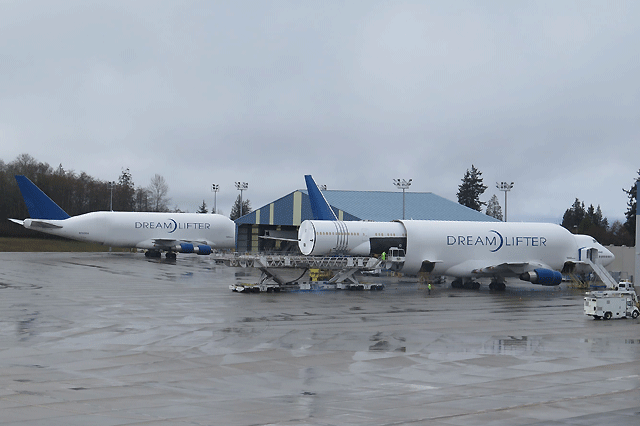
Most passenger airlines have replaced the 747 for the 777 as their long-haul workhorse, and our next stop was in the 777 assembly area. First launched in 1995, and netting roughly 2000 orders, it’s the most successful wide-body aircraft ever produced. Our Boeing guide pointed out that part of the assembly area is now being prepared for the newest version, the 777X, which is scheduled to enter commercial service in two years time. For our finale, our tour ended at the Boeing 787 Dreamliner assembly line. Like a giant Meccano set, with various components produced around the world, the final assembly taking place at Boeing is a far quicker process than assembling a 777. 7 Dreamliners are pumped out each month. With roughly 1300 orders on the books, Boeing will be rolling out the 787 for many years to come. Let’s fly!
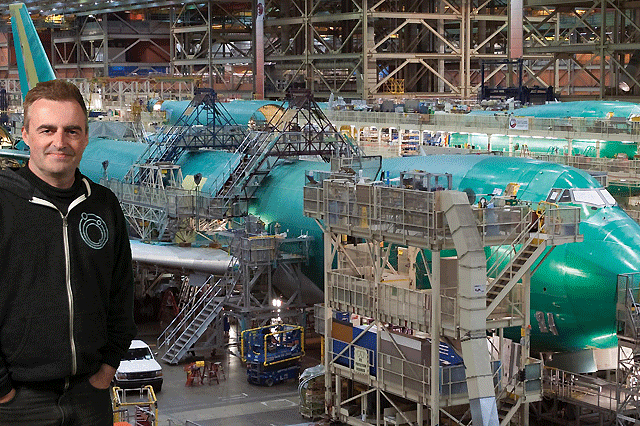
Crossing over the Columbia River from Oregon into Washington State, the deep and languid river was as still as a painting, under a pale blue spring sky. Crowning the skyline, I feasted my fresh eyes on one of the most forbidding peaks of the rugged Cascade Range, Mount St. Helens. Thickly blanketed in late winter snow, this once soaring conical peak stood nearly 10,000 feet above sea level. But in May 1980, a catastrophic volcanic eruption ripped the summit apart, killing 57 people in the process, levelling hundreds of homes in the debris field that spanned 400 square kilometres. It was the largest landslide in recorded history. The monstrous plume of steam and ash rained down across the West, with ash detected as far away as Denver! St. Helens now stands at 8,365 feet, and its scarred summit is defined by a horseshoe-shape crater. You can travel to within about 8km of the summit and the surrounding region abounds with thrilling hiking trails.
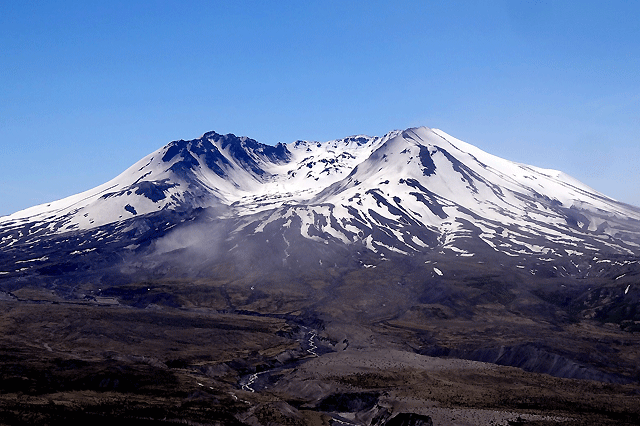
On Spirit Lake Highway, I ventured to the Johnston Ridge Observatory, the closest visitor centre to the summit, named in honour of the scientist who lost his life in the colossal lateral blast. I was enthralled by the fascinating exhibits on the mountain’s fiery geology, insights on volcanology, a gripping film recounting the horrifying eruption of 1980, plus the observatory serves up the most compelling views of the crater and lava dome. Mount St. Helens has been rumbling away lately, the only active volcano in the contiguous United States. Farewelling St. Helens, I rolled through the lush and undulating Washington countryside for another epic alpine experience, east of Olympia. Mt. Rainier beckons like a seductive, snow-clad chanteuse, often veiled in clouds, teasing you with sneak peaks of her summit. Soaring over 14,000 feet high, Rainier is the queen of the Cascades, the highest peak in the range, wrapped in dense forests. I laced up my hiking boots on the lower slopes, communing in the silent forests of cathedral-like groves of Douglas fir, western hemlock, and western red cedar.
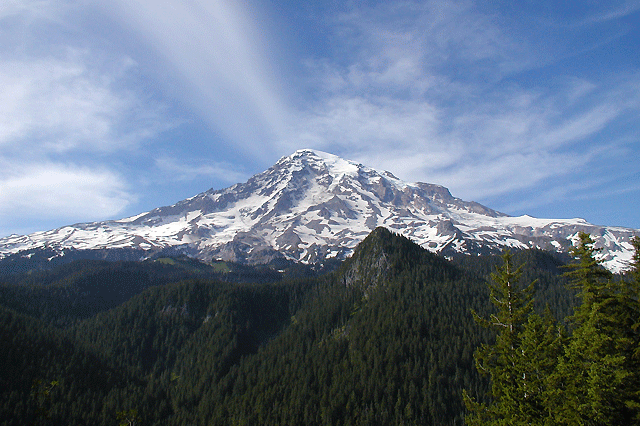
Many specimens are over 1,000 years old. Dozens of thundering waterfalls fill the air with mist. Simple sensory pleasures, unplugged. Like St. Helens, Rainier has a heart of fire, last erupting in 1894. This dormant volcano also doubles as a giant weather gauge. I frequently heard locals in Olympia and Seattle remark, “The mountain is out”, signalling that the region is bathed in particularly clear, sunny weather. A particularly sweet novelty in these parts. The upside to the region’s moisture-laden air is that Rainier’s glaciated slopes remain white year-round. Several dozen glaciers slither down her slopes, bestowing Rainier with the largest glacial system in the contiguous United States. (Mainland USA, excluding Alaska.) High on the mountain’s southern flank, the Jackson Memorial Visitor Centre features an excellent collection of exhibits, spanning alpine ecology and their gigantic glaciers.
Quirky and stately, Olympia is a short trot away from Washington State’s iconic mountains, St. Helens and Rainier. The former is notorious for that spectacular eruption in 1980 – triggering the largest landslide in recorded history, while Rainier is the tallest mountain in the Cascades range. After taking in the alpine highs, I spent a night in the capital of Washington State, a laidback and compact city, wedged between Capitol Lake and the government buildings precinct. Small, unexpected surprises in pretty Olympia include the blossoming miniature gardens and the horde of funky and fancy antique shops.
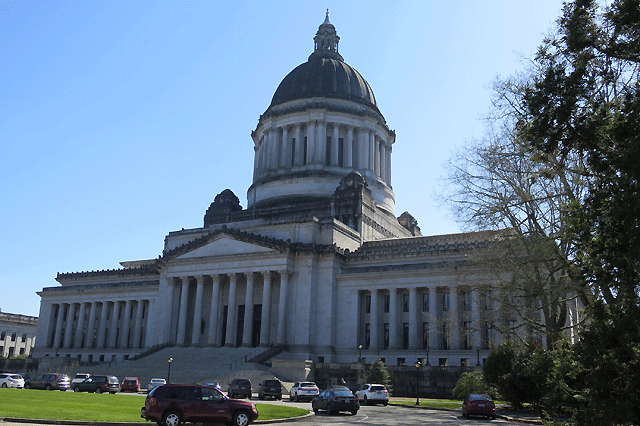
After enjoying an Aztec salad and ruby milkshake at the beloved Spar Café, a 70 year old institution, I scooted up to the imposing state capitol, framed by a skirt of granite steps. Celebrating its 90th birthday this year, the sky-scraping 87-metre high dome is a show stopper. Only the masonry domes of Peter’s in Rome, St. Paul’s in London, and St. Isaac’s Cathedral in St. Petersburg rise higher. Wrapped in attractive grounds with memorials, rose gardens and cherry trees, the precinct is perched above the Capitol lake bluffs, serving up eye-grabbing views. Overlooking Capitol Lake, Hotel RL by Red Lion Olympia is a fabulous retreat, wrapped around 10 lush and leafy acres, with free rental bikes at your disposal. Fabulous dishes inspired by classic American cuisine headline the dining offering, while the lobby’s Living Stage features live entertainment from local emerging artists.


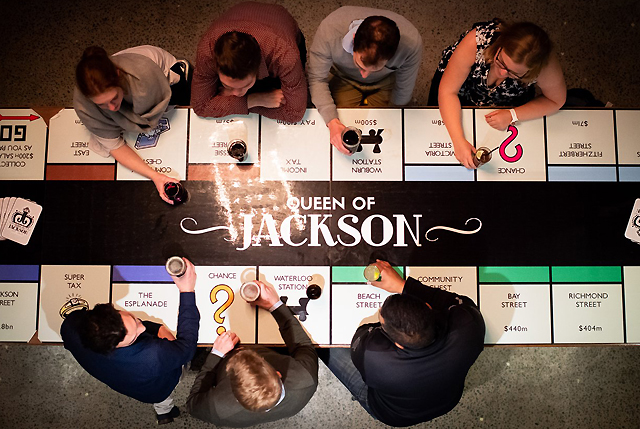
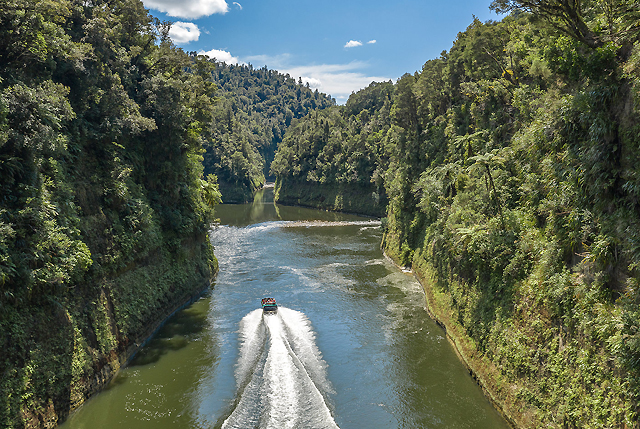

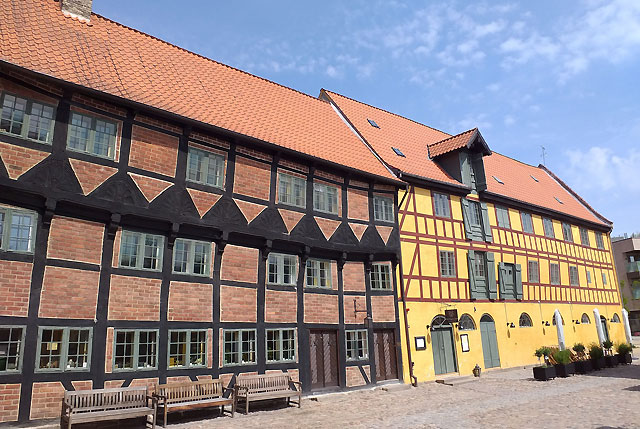
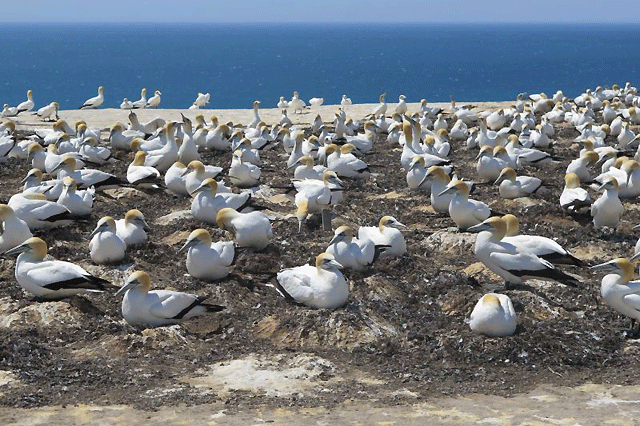



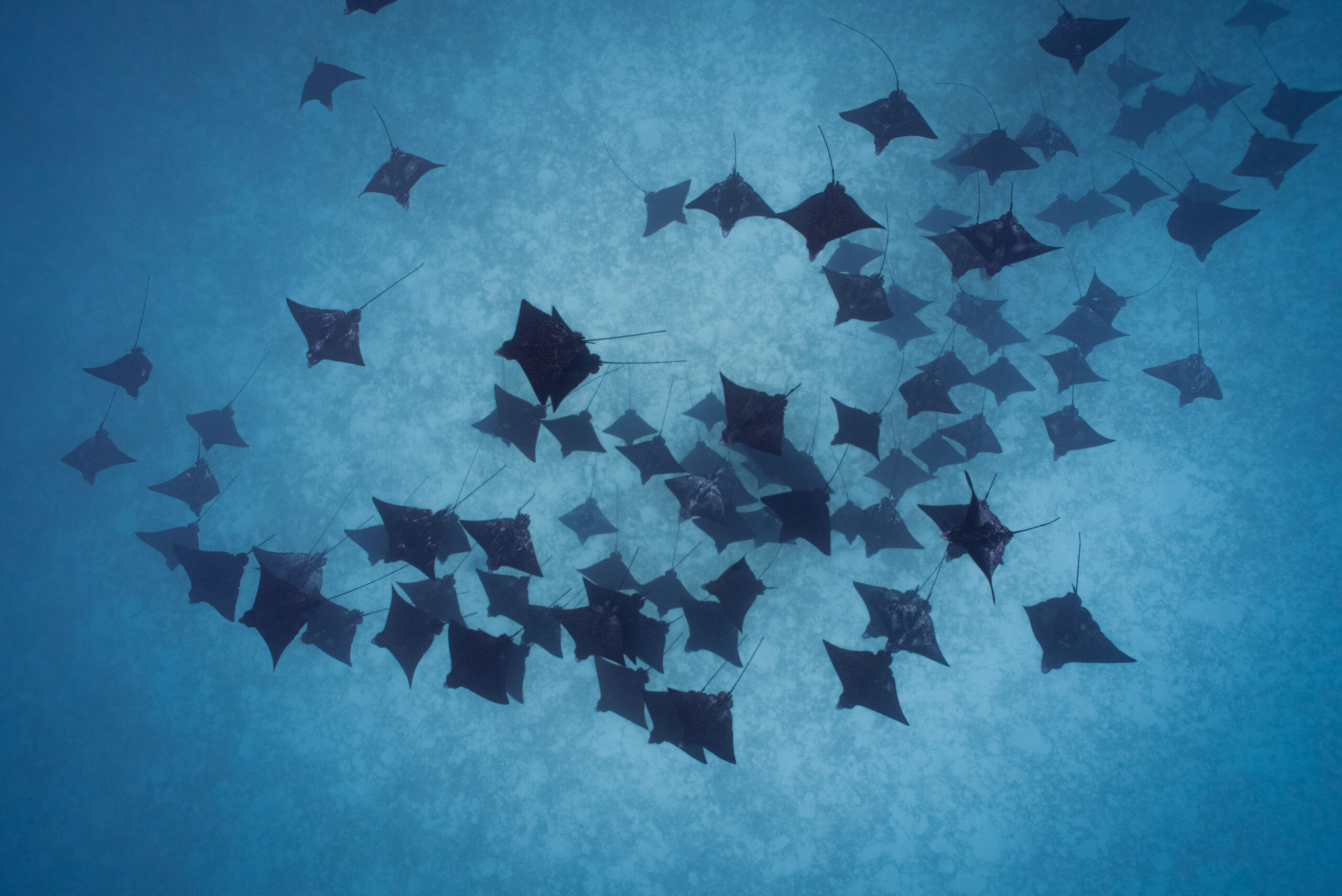

Recent Comments